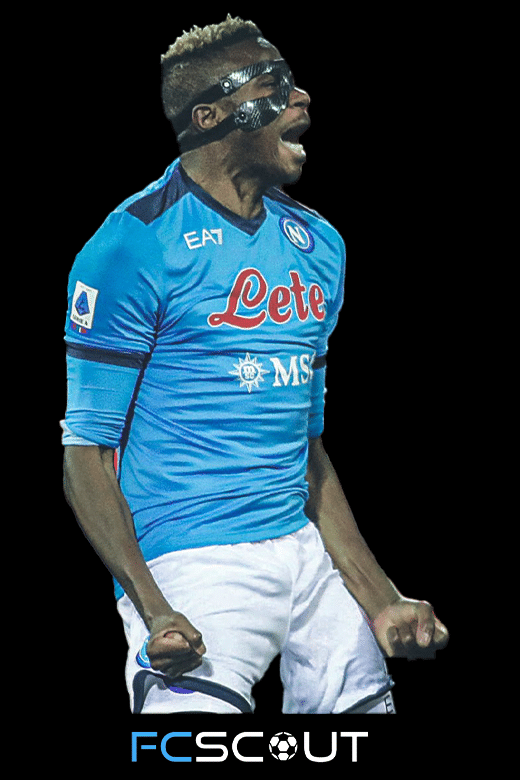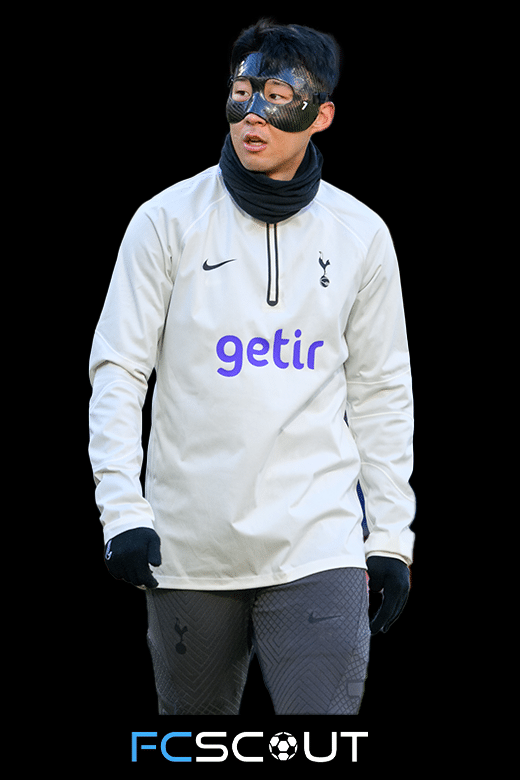Why Do Soccer Players Wear Masks?
Soccer is a popular sport worldwide, and players often wear protective gear to avoid injury. One piece of equipment that has gained popularity among soccer players is the mask. In this article by fcscout.com, we will explore the reasons why soccer players wear masks, the types of masks used in soccer, and the benefits and challenges associated with wearing masks on the pitch.
Types of Masks Used in Soccer
Soccer players wear different types of masks, depending on the nature of their injuries. One of the most common types of masks worn by soccer players is the face mask. This mask is designed to protect the face and nose from injury, particularly when heading the ball or engaging in physical challenges with other players. Face masks are typically made of lightweight materials such as plastic or carbon fiber and are designed to fit snugly on the player’s face.

Another type of mask worn by soccer players is the nasal mask. This mask is designed to protect the nose from injury and is typically worn by players who have suffered a broken nose or other nasal injuries. Nasal masks are also made of lightweight materials and are designed to fit comfortably on the player’s face.
Benefits of Wearing Masks in Soccer
The primary benefit of wearing masks in soccer is injury prevention. By wearing a mask, soccer players can protect their face, nose, and mouth from injuries caused by physical contact with other players, balls, or other objects on the pitch. This can help players avoid serious injuries such as broken noses, facial fractures, and dental injuries, which can sideline players for extended periods.
Masks can also help players recover from injuries more quickly. By wearing a mask, players can continue to play while they recover from facial or nasal injuries. This can be particularly important for professional soccer players who need to stay active and fit to maintain their performance levels.
Finally, masks can give players a psychological boost. By wearing a mask, players can feel more confident on the pitch, knowing that they are protected from injury. This can help players play with more intensity and focus, which can lead to better performance.
Controversies and Challenges of Wearing Masks in Soccer
While masks can provide important benefits to soccer players, they can also present some challenges and controversies. One of the main challenges associated with wearing masks in soccer is the risk of impaired vision. Masks can obscure the player’s vision, making it more difficult to track the ball or anticipate the movements of other players on the pitch. This can increase the risk of injury and impact the player’s performance.

Another challenge associated with wearing masks in soccer is the potential for discomfort and irritation. Masks can be uncomfortable to wear, particularly in hot and humid conditions, and can cause skin irritation or sweating. This can make it difficult for players to maintain their focus and performance levels, particularly in longer matches or tournaments.
Finally, masks can also be controversial among fans and other players. Some fans may view masks as a sign of weakness or cowardice, while other players may view them as a disadvantage for the player wearing the mask. This can lead to tensions on the pitch and impact the player’s performance.
Conclusion
In conclusion, masks are an increasingly common piece of equipment worn by soccer players. They can provide important benefits such as injury prevention and faster recovery times, as well as psychological advantages such as increased confidence.
However, they can also present challenges such as impaired vision, discomfort, and controversies among fans and other players. Ultimately, the decision to wear a mask is a personal one for each soccer player, based on their individual needs
EXPLORE MORE CLUBS!
Explore more professional clubs by continent.






